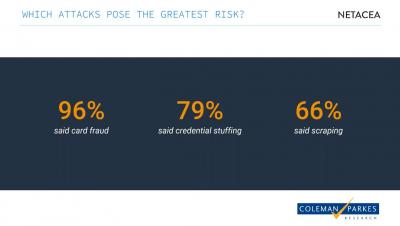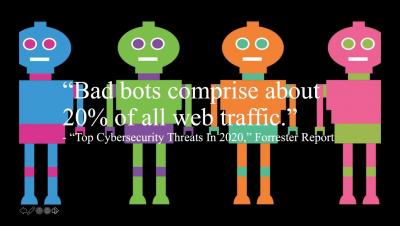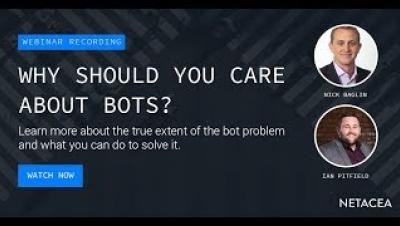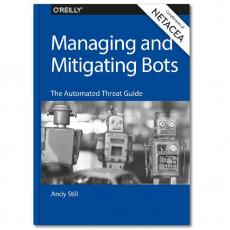Are Bots Slowing Down Your Website?
Bad bots are disrupting your website performance, reducing performance and speed. Bot activity, both good and bad, affects all industries including retail, online gambling and gaming and streaming. In our blog we discuss the detrimental impact of bots to your website performance and subsequently, the customer experience, with advice for detecting and mitigating bad bot activity.














